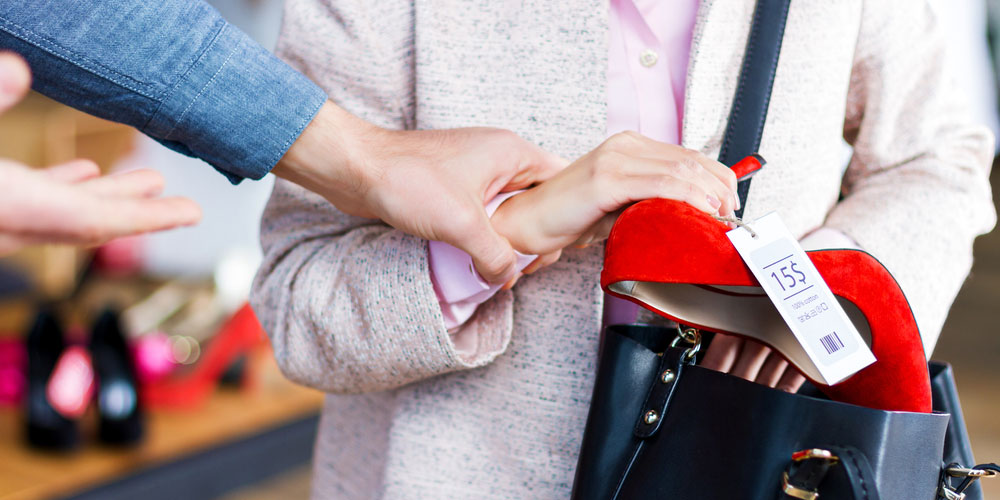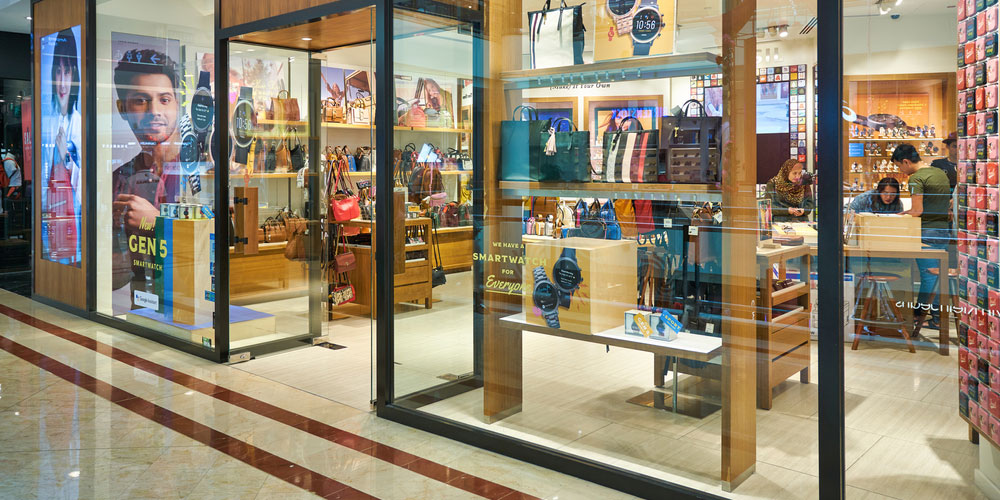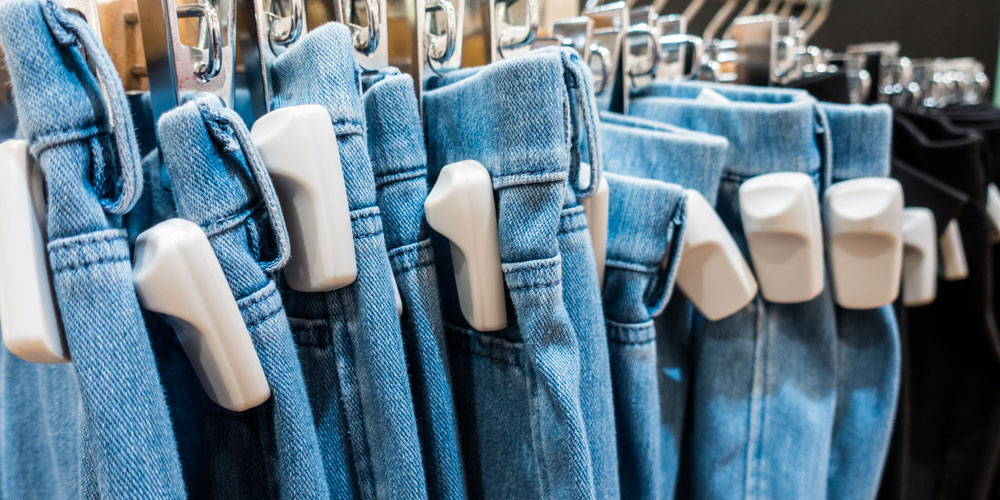Lock Blog
A resource for consumers, locksmiths, and security professionals
A resource for consumers, locksmiths, and security professionals

Loss prevention is about more than basic store security. Whether we are talking about retail loss prevention or warehouse security, it always comes back to the business’ commitment to theft prevention. But when you care, you still need to know what security measures to take.
The most important security practices for loss prevention are:
In the retail industry, the term shrink refers to the loss of products, cash, equipment, etc., owned by the company. Shrinkage is often associated with theft, both external and internal, but can also result from operational and policy errors.
Loss prevention departments are often used in retail security. Office security will rarely require dedicated loss prevention agents. In large office campuses or corporate buildings, security guards may assist with loss prevention, but it will not be their primary concern.
Loss prevention is more effective when it addresses the specific physical security threats, larceny, and fraud your business is most vulnerable to. A risk assessment weighs the likelihood of a threat against your vulnerabilities, highlighting which security improvements will benefit you the most.
The best lock for loss prevention depends on the role of the door you are installing it on. However, all types of commercial door locks will need to be compliant with relevant Americans With Disabilities regulations and should have at least an ASI grade of two (one being the highest).
Though locks can prevent both internal and external theft, in the case of retail loss prevention, they are not always an option. Most thieving customers ignore standard burglary tricks and opt for crimes of opportunities, grabbing items that are accessible and unlocked.
The key to access control is literally keys. These keys can come in the form of traditional metal grooved keys, keypad combinations, electronic fobs, RFID cards, biometric readings, etc. The important thing to remember about physical access control is differentiating levels of access.
Certain employees may need full access to the store or building. It is up to your access control plan to implement the desired limitations for everyone else, so the risk of unauthorized entry is minimized. Loss prevention efforts are greatly helped when people are not where they shouldn’t be.
In its most basic form, access control uses locks to restrict customer/visitor access. You will also not want to have every door lock use the same key, so some employees are kept from high-risk or vulnerable areas. On top of loss prevention, this also helps with workplace safety.
Differentiated access can be as easy as installing keypad locks and restricting certain codes. You can also use a master key system, which is a mechanical alternative to most of the access control perks of a keypad lock. This choice comes down to the lock that is best for you.
So now that you have a better understanding of how access impacts loss prevention, you will want to get the locks that achieve your desired level of control as well as security. Finding the right lock comes down to legal requirements, intended use, and pressing threats.
There are many types of commercial door locks, and certain regulations may restrict or guide the use of these locks. For example, an emergency exit may need fire door locks due to a building code. However, a server room would likely need high-security locks.
Not all commercial locks are high-security. Though some of the characteristics of a commercial door lock, such as its sturdy construction, help with security, high-security locks features include drilling, cutting, picking protection. These locks may also use patented keys to restrict duplication.
Before lock installation, you want to be thinking not just about the lock but your overall store security. Think about the room and door the lock is going to be used on. If there are glass barriers and you are using a high-security lock, chances are you are using the wrong lock.

The fragility of glass is always a concern for store security. If you have a glass storefront, many business owners wonder if quality storefront door locks are even worth the investment. If a criminal can gain entry to the shop simply by smashing the glass, what good is any store security?
I am here to tell you that if your retail or commercial space uses a lot of glass barriers, all is not lost. Window security has evolved far past locks with the development of security film. This is an adhesive film that prevents the glass from shattering upon a single or even series of impacts.
Security film is not perfect and cannot stand up to a prolonged onslaught or the force of a car. But certain films will not shatter even when a puncture is made. This level of resistance to impact is often enough to make opportunistic thieves give up before gaining entry.
Smash and grab attacks usually rely on the immediacy of success. If you can throw a wrench into a criminal’s routine by requiring much more smashing than grabbing, many will give up and look for another target. You may have to replace your glass, but theft can be thwarted.
There are many potential problems with security cameras, but they are an invaluable resource for loss prevention. If you have a loss prevention department or security, they need cameras to remotely monitor the sales floor, storerooms, parking lot, etc., and respond to incidents in real-time.
Without real-time monitoring, surveillance cameras still provide documentation of a crime. This documentation is needed to successfully prosecute shoplifters, determine time-clock fraud, and discover potential security oversights being exploited.
You need video records as evidence if you are going to court, and you need it as a reference to do something like rebuild office security after a break-in. However, it is important to take surveillance restrictions into account before installing a camera in a given location.
Cameras, just like locks, can create legal issues if they violate certain laws and regulations. How your video is stored can affect whether or not it is admissible as evidence. And to have surveillance contribute to loss prevention, action must be taken based on what is recorded.

Unlike surveillance, alarms must always be monitored. Using the template of passive vs. active security, an alarm is going to require you to be extremely active and responsive to each detected threat. Loss prevention is not meaningfully assisted by unmonitored alarms.
Without a dedicated security guard service or loss prevention department, alarms should notify an alarm company or the police. For small independent retail loss prevention, you may want to use an alarm system that sends a direct message to your cellphone.
It is important to think about how your alarm system pairs with your locks and other physical security measures. You want to be able to respond to a threat before the crime is successfully carried out. Your physical security delays criminal success, but without response, any security will fail eventually.
Do what you can to prevent false alarms, such as those caused by someone locked out of the office trying to get back in. Or an employee entering/exiting without disabling the alarm. Given enough false alarms, you will see response fatigue. It is the classic boy who cried wolf scenario.
Your access control, locks, cameras, and alarms are often at the mercy of your employee training. Physical security can be completely compromised by operator error such as locks not being engaged, alarms not being set, cameras getting covered, keys being passed around, etc.
Even if you are not experiencing employee theft as a result of willful disregard or ignorance of employee security guidelines, you are increasing your vulnerability. When employees can see potential vulnerabilities go unaddressed, it communicates a lack of care about theft and security.
It is a good idea to instill in all workers the importance of loss prevention. Create clear policies for reporting potential and known theft. Have the people that work for you be another set of eyes. This is even more pressing for retail loss prevention, where customer service can deter crime.
As a reputation of security neglect circulates, it will always reach the criminal element of society. With better employee training around security protocols, you are getting an almost free addition to your loss prevention strategies.
Specialized loss prevention agents are not the right fit for every business, but they are one of the best crime prevention strategies. Just as police presence can reduce crime, dedicated in-house security can also do wonders for reducing loss.
You will need to calculate the ROI for your security to determine if shrink is causing losses substantial enough to justify salaried loss prevention agents. Just be aware that a loss reduction is not a sign that this department should be cut, but rather a sign of their effectiveness.
Loss prevention agents are one of the most effective forces to use against internal theft. No one knows your security better than your workers, so another set of eyes can help spot unregistered security flaws. With their full job being theft prevention, agents are the most likely to notice an issue.
Without loss prevention agents, you will also be putting the burden on employees or the business owner to report and replace any broken security equipment. Knowing whose job it is to take in security-related information will have to be detailed in the company policy.
Ultimately, the success of all loss prevention efforts begins and ends with company policy. It is up to the company to decide to act and settle on what those actions will be. For security insights, you can consult a commercial locksmith or hire a security company, but even that is a decision..
By whatever means information about security reaches the company, something has to be done with that data. For example, if it is reported that a lock is not working properly, you need to act quickly and get a commercial door lock replacement.
Not only does not addressing a security vulnerability diminish store security by adding a potential exploit, but it also makes employees and customers less likely to report problems in the future. It creates a general culture of neglect and lack of care, harming theft prevention efforts.
Whether you want to build better retail security, increase office security, or address specific store security concerns, the first step is company action. But that is not where the company’s commitment ends. As soon the security policy changes, the security changes. For better or worse.
You can separate loss prevention strategies into three categories: physical security, response, and preparation. Strong locks and glass are your physical security that prevents a determined thief from an immediate success. Alarms and cameras require your response for theft prevention.
Finally, with access control, employee training, and a company policy that values security, you are getting ahead of the issue through preparation. If you need any help with your retail security or loss prevention efforts, see if United Locksmith serves your area!
Category: Commercial, Safety & Security